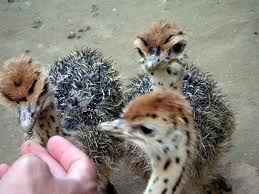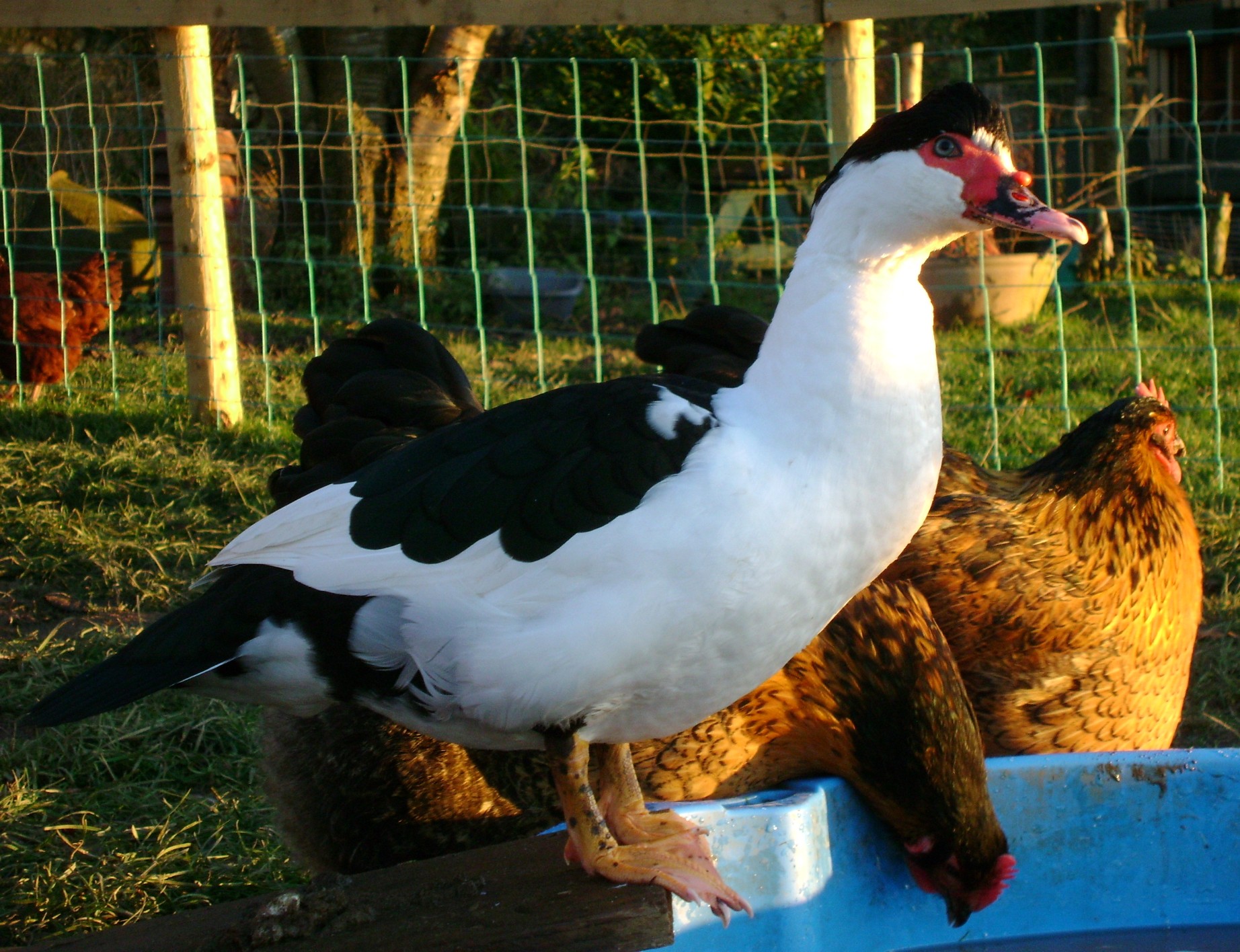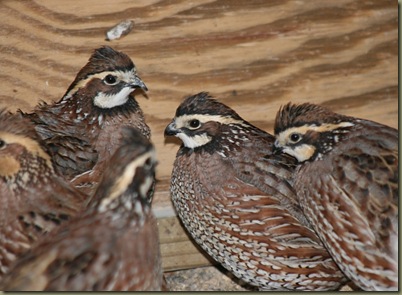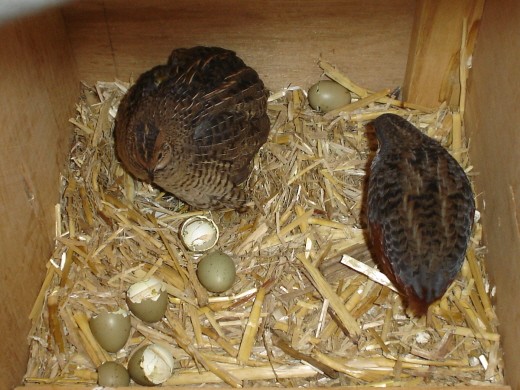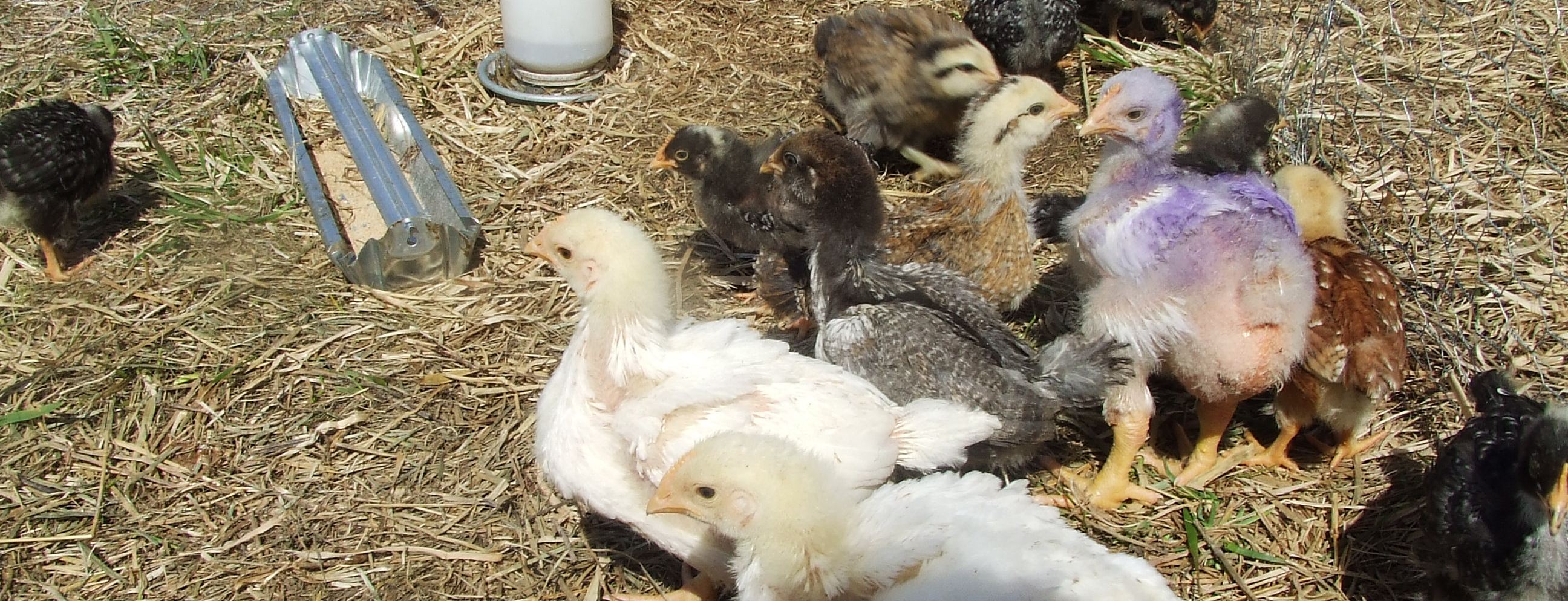Brooding and Rearing The brooding period is a very critical time and can be a time of high mortality, if proper management is not used. The brooding arrangement must protect chicks from predators and inclement weather . The arrangement should be sanitary, dry and well-ventilated. The floor pen must be rough enough to provide firm footing for the chicks. Not to cover …
Read More »Brooding And Rearing guide
Raising Chicken And Duck Together
Ducks vs chicken and chicken vs ducks. Even though ducks and chickens are a lot a like in some ways, they are also very different in others, and it is this difference that does prompt the question of is it wise to be keeping ducks with chicken? Well, the answer to this question does vary in response, and it also …
Read More »Raising Quail in the urban environment- Guide for quail pen and breeds
Raising chickens in the backyard of your home has always attracted many people. People who get retired or are very much in backyard chicken farming and adopt this as a hobby. Some even do this for getting fresh eggs for their breakfast. But this practice has raised some issues as well. Cases were reported in many different regions that people …
Read More »Rearing of Turkeys at Your Backyard
Most of the private and home based farmers widely consider raising turkeys for meat. The best and most affordable manner in which the goal can be achieved is by making use of the day old turkeys. But before your consignment of turkeys arrives, you should prefer to set up an area for the brooding process. The same is done at …
Read More »Quail Farming-Guide for raising coturnix and Bob White Quail
History and Origin Quails are migratory game birds with mottled brown feathers and short tails, which are native to Europe, Asia and Africa. The origin of this bird dates back to the 11th century while it is also referred to, in the old testament of the bible. Egyptians caught Quails from their farmland for the purpose of meat while in …
Read More »Guide for raising pheasants as a backyard flock
Pheasants, just like other game birds are liked worldwide. They are among-st the category of upland game birds – in simpler words, it means all those birds that are perfect for poultry and require relative simpler living. You must be thinking that people have pet flocks that include guinea fowl, pigeons, turkey, ducks and chickens, but not really heard about …
Read More »Raising Chickens for Dummies
Raising chickens for dummies is quite an easy process, but only if you make use of some expert advice and specialized measures for the betterment of the animals in the farmhouse environment. There are some useful techniques and tips which might come in handy in bringing up chickens in the best manner possible. More or less, the tips I would …
Read More »